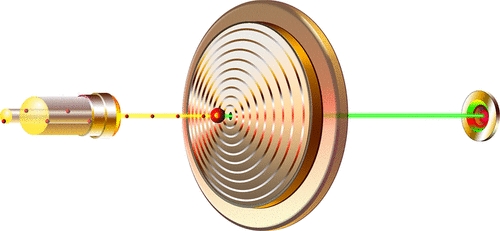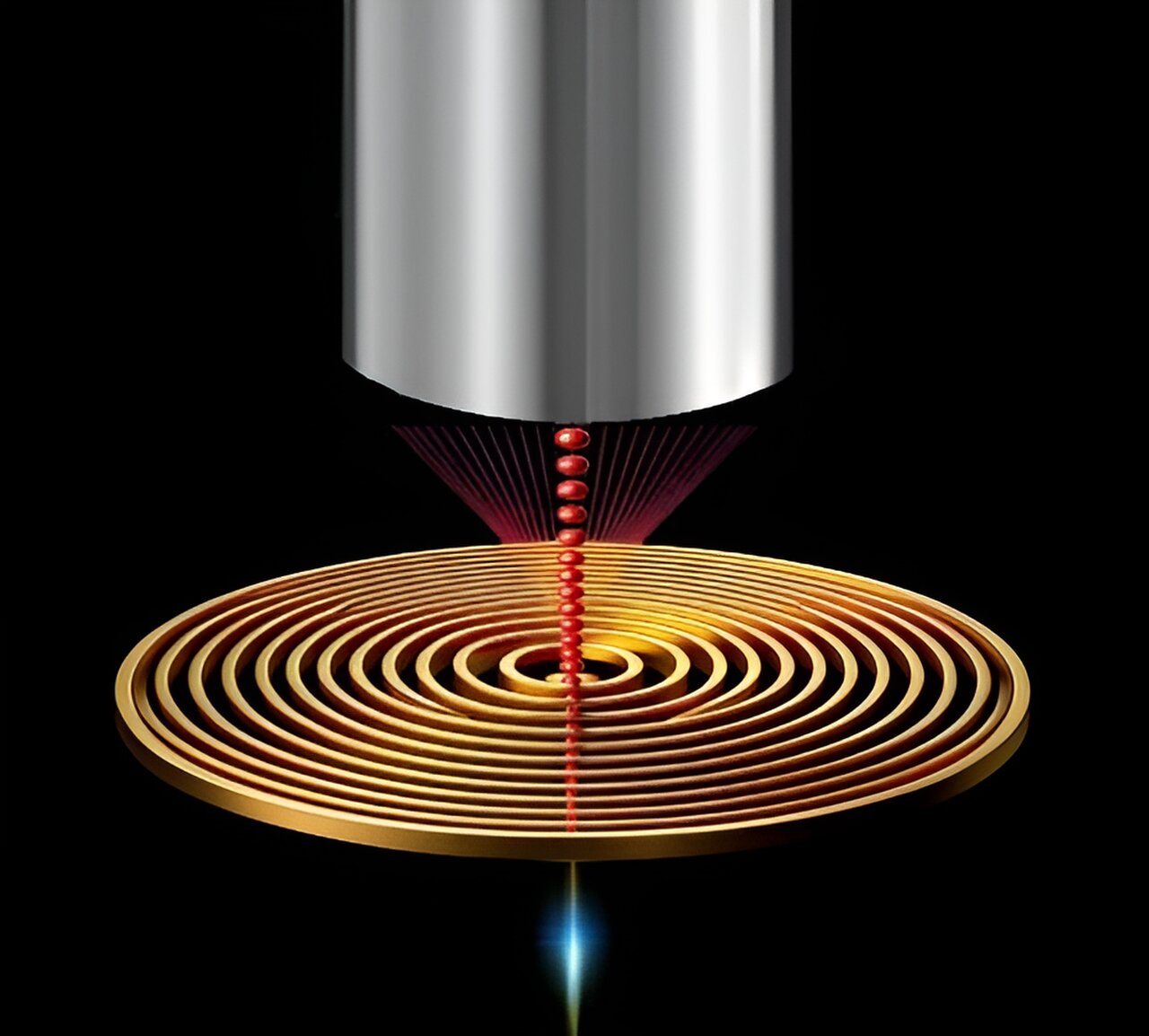博文
单光子集成的突破为量子计算、密码学带来了希望
 精选
精选
||
单光子集成的突破为量子计算、密码学带来了希望
诸平
Credit: Hebrew University of Jerusalem
据以色列耶路撒冷希伯来大学(Hebrew University of Jerusalem, Jerusalem, Israel)2024年2月12日提供的消息, 以色列、德国、法国和美国的研究人员合作,在单光子集成研究方面的突破,为量子计算、密码学带来了希望(Breakthrough in single-photon integration holds promise for quantum computing, cryptography)。相关研究结果于2024年1月2日已经在《纳米快报》(Nano Letters)杂志网站发表——Boaz Lubotzky, Alexander Nazarov, Hamza Abudayyeh, Lukas Antoniuk, Niklas Lettner, Viatcheslav Agafonov, Anastasia V. Bennett, Somak Majumder, Vigneshwaran Chandrasekaran, Eric G. Bowes, Han Htoon, Jennifer A. Hollingsworth, Alexander Kubanek, Ronen Rapaport. Room-Temperature Fiber-Coupled Single-Photon Sources based on Colloidal Quantum Dots and SiV Centers in Back-Excited Nanoantennas. Nano Letters, 2024, 24(2): 640–648. DOI: 10.1021/acs.nanolett.3c03672. Publication Date: January 2, 2024. https://pubs.acs.org/doi/10.1021/acs.nanolett.3c03672
参与此项研究的除了以色列耶路撒冷希伯来大学的研究人员之外,还有来自德国乌尔姆大学(University of Ulm, Albert-Einstein-Allee 11, Ulm, Germany)、法国图尔大学(Tours University, Tours, France)以及美国洛斯·阿拉莫斯国家实验室(Los Alamos National Laboratory, Los Alamos New Mexico, United States)的研究人员。
此项研究揭示了在室温下单光子源(single-photon sources)片上集成的重大进展。这一成就代表了量子光子学领域向前迈出的重要一步,并为包括量子计算、密码学和传感在内的各种应用带来了希望。
关键的创新在于实现了一种混合金属介质靶心天线(hybrid metal–dielectric bullseye antenna),它提供了卓越的光子方向性(photon directionality)。这种新颖的天线设计通过将发射器放置在位于天线中心的亚波长孔内,允许光子的有效反向激发。这种结构既可以实现直接的反向激发,也可以实现低数值孔径光学器件(low numerical aperture optics)或光纤发射的高效前耦合。
该研究通过制造含有胶体量子点(colloidal quantum dots)或含有硅空位中心的纳米金刚石(nanodiamonds)的器件,证明了这一概念的多功能性,两者即使在室温(room temperature)下也都是优秀的单光子发射器(single photon emitters)。使用两种不同的纳米定位方法(nanopositioning methods)精确定位这些发射器。
值得注意的是,在数值孔径低至0.5时,这两种类型的背激装置的前收集效率都接近70%。这意味着人们可以使用非常简单和紧凑的光学元件,并且仍然将大部分光子收集到所需的通道中,或者准确地将发射的光子发送到附近的光纤中,而不需要任何额外的耦合光学器件。
这是将量子光源集成到真实量子系统中的关键因素。这种简化的过程有望简化未来的集成工作,并加速实际量子光子器件的实现。
发表在《纳米快报》(Nano Letters)上的研究论文(research paper),此项工作是由波阿斯·卢博茨基(Boaz Lubotzky)在他的博士研究期间,与耶路撒冷希伯来大学拉卡物理研究所(Racah Institute of Physics at The Hebrew University of Jerusalem)的罗恩·拉帕波特(Ronen Rapaport)教授一起,与美国洛斯·阿拉莫斯国家实验室(Los Alamos National Laboratory)和德国乌尔姆大学(Ulm University in Germany)的团队合作开展的。
波阿斯·卢博茨基评论这一成就的重要性时说:“通过克服与单光子源片上集成相关的关键挑战,我们为先进量子技术的发展开辟了令人兴奋的新可能性。”
通过创新地使用混合金属介质靶心天线,在室温下成功地将单光子源集成到微型芯片上,在推进安全通信的量子密码学、改进传感技术和简化实际量子光子器件的集成过程方面具有直接的应用。这项研究的发现为新兴的量子技术领域的商业应用(commercial applications)和新产品的开发打开了大门。
上述介绍,仅供参考。欲了解更多信息,敬请注意浏览原文或者相关报道。

We demonstrate an important step toward on-chip integration of single-photon sources at room temperature. Excellent photon directionality is achieved with a hybrid metal–dielectric bullseye antenna, while back-excitation is permitted by placement of the emitter in a subwavelength hole positioned at its center. The unique design enables a direct back-excitation and very efficient front coupling of emission either to a low numerical aperture (NA) optics or directly to an optical fiber. To show the versatility of the concept, we fabricate devices containing either a colloidal quantum dot or a nanodiamond containing silicon-vacancy centers, which are accurately positioned using two different nanopositioning methods. Both of these back-excited devices display front collection efficiencies of ~70% at NAs as low as 0.5. The combination of back-excitation with forward directionality enables direct coupling of the emitted photons into a proximal optical fiber without any coupling optics, thereby facilitating and simplifying future integration.
https://blog.sciencenet.cn/blog-212210-1421707.html
上一篇:春节游玩照片几张
下一篇:量子冰时代的终结:室温的突破
